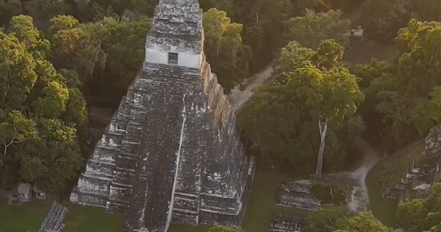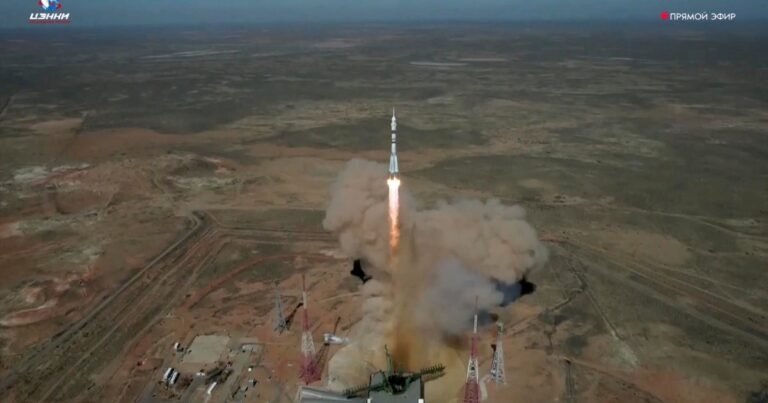
An altar from the Teotihuacan culture, at the pre-Hispanic heart of what became Mexico, was discovered in Tikal National Park in Guatemala, the center of Mayan culture, demonstrating the interaction between the two societies, Guatemala’s Culture and Sports Ministry announced this week.
The enormous city-state of Tikal, whose towering temples still stand in the jungle, battled for centuries with the Kaanul dynasty for dominance of the Maya world.
Far to the north in Mexico, just outside present day Mexico City, Teotihuacan — “the city of the gods” or “the place where men become gods” — is best known for its twin Temples of the Sun and Moon. It was actually a large city that housed over 100,000 inhabitants and covered around 8 square miles.
The still mysterious city was one of the largest in the world at its peak between 100 B.C. and A.D. 750. But it was abandoned before the rise of the Aztecs in the 14th century.
Lorena Paiz, the archaeologist who led the discovery, said that the Teotihuacan altar was believed to have been used for sacrifices, “especially of children.”
“The remains of three children not older than 4 years were found on three sides of the altar,” Paiz told The Associated Press.
“The Teotihuacan were traders who traveled all over the country (Guatemala),” Paiz said. “The Teotihuacan residential complexes were houses with rooms and in the center altars; that’s what the residence that was found is like, with an altar with the figure representing the Storm Goddess.”
Researchers posted video on social media showing aerial footage of the altar as well as detail of the structure’s interior.
https://www.facebook.com/watch/?v=1345822150065589
“It’s something unique in Guatemala, nothing similar had been found,” Paiz said in a statement.
It took archaeologists 1½ years to uncover the altar in a dwelling and analyze it before the announcement.
Edwin Román, who leads the South Tikal Archaeological Project within the park, said the discovery shows the sociopolitical and cultural interaction between the Maya of Tikal and Teotihuacan’s elite between 300 and 500 A.D.
Román said the discovery also reinforces the idea that Tikal was a cosmopolitan center at that time, a place where people visited from other cultures, affirming its importance as a center of cultural convergence.
María Belén Méndez, an archaeologist who was not involved with the project, said the discovery confirms “that there has been an interconnection between both cultures and what their relationships with their gods and celestial bodies was like.”
“We see how the issue of sacrifice exists in both cultures. It was a practice; it’s not that they were violent, it was their way of connecting with the celestial bodies,” she said.
The altar is just over a yard wide from east to west and about 2 yards from north to south. It is about a yard tall and covered with limestone.
The dwelling where it was found had anthropomorphic figures with tassels in red tones, a detail from the Teotihuacan culture, according to the ministry’s statement.
The researchers published their findings in the archaeological journal Antiquity.
The researchers made their announcement less than a year after a hidden Mayan city was
discovered in a dense Mexican jungle by a doctoral student who unknowingly drove past the site years ago on a visit to Mexico.
Tikal National Park is about 325 miles north of Guatemala City, and the discovery site is guarded and there are no plans to open it to the public. Tikal, a UNESCO World Heritage Site, reached its peak between 200 and 900 AD when Mayan culture encompassed parts of what are now Guatemala, Mexico, Belize, El Salvador and Honduras.
Teotihuacan, famous for its pyramids of the sun and the moon, is located about 25 miles northeast of Mexico City. That culture reached its peak between 100 and 600 AD.
Agence France-Presse contributed to this report.






